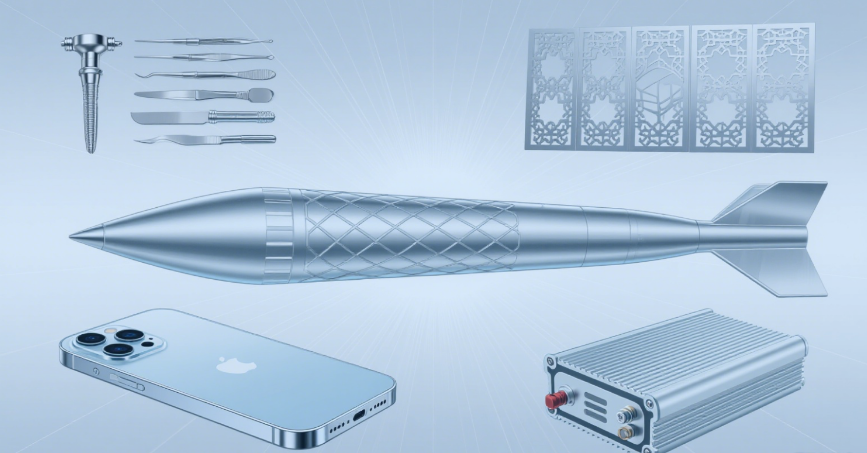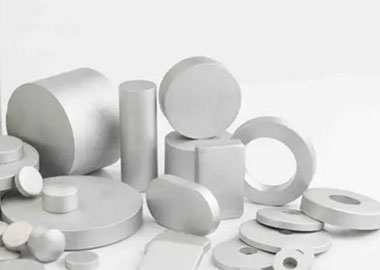The transportation industry is an essential part of life and an important factor in improving the quality of life and survival. The current transportation industry mainly includes aircraft passenger and freight, high-speed railways and double decker passenger transportation, heavy-duty freight, and underground railways; Automobile passenger and cargo transportation, motorcycle and bicycle transportation, ship passenger and cargo transportation, etc. Aluminum profiles are required for support in these transportation vehicles. In today's era, high-speed, energy-saving, safety, comfort, and environmental protection are important issues in the transportation industry, and lightweight is an effective way to achieve these goals. After years of comparative research, designers, strength engineers, technologists, metallurgists and economists have come to a unanimous conclusion that aluminum profiles are more scientific, progressiveness and economical than wood, plastic, composite materials, weathering steel and stainless steel in the production of transportation vehicles, especially high-speed modern vehicles and ships. Therefore, since the 1980s, the application of aluminum profiles in the transportation industry has been very popular. In industrialized countries, the amount of aluminum profiles used in the transportation industry accounts for about 30% of the total aluminum consumption, with aluminum profiles used in automobiles accounting for about 15%. Mainly used for manufacturing body structural components, doors, windows, and shelves, engine parts, cylinder bodies, cylinder heads, air conditioners, radiators, body panels, skin panels, and wheel hubs for automobiles, subway vehicles, suburban railway passenger cars and freight cars, high-speed passenger cars and double decker passenger cars, as well as various passenger ships (such as regular route ships, rental yachts, speedboats, hydrofoils), fishing boats and various business ships (such as patrol boats, fishery management boats, customs boats, and port supervision boats), and specialized ships (such as racing boats, submarine cable laying ships, ocean research ships, and disaster prevention ships), the upper structure, mounting plates, partitions, skin panels, engine components, etc.

The construction industry is one of the three main markets for aluminum materials, with around 20% of the world's total aluminum production used in the construction industry. In some industrialized countries, the construction industry accounts for more than 30% of its total aluminum production. The products of building aluminum materials are constantly being updated, and the application of new building products such as colored aluminum panels, composite aluminum panels, composite door and window frames, and aluminum alloy templates is also increasing year by year. China has applied aluminum alloy to make roofs, walls, doors and windows in industrial and civil buildings, and gradually expanded to include interior and exterior decoration, construction templates, etc., achieving good results.
Smartphones, tablets, laptops, tablet TVs, computer monitors, and other electronic products are increasingly using aluminum in production. Aluminum combines aesthetics and practicality, appearing both exquisite and reliable. This meets the basic needs of electronic products.
Electronic product manufacturers have been using aluminum to replace steel and plastics recently. It is mainly used for cooling CPUs and graphics processors, and the excellent thermal conductivity of aluminum makes it an ideal choice for materials in this field. Many manufacturers consider using aluminum alloy instead of plastic casings when producing electronic products, because aluminum alloy materials look more high-end, durable, and sturdy than plastic casings. Aluminum is stronger and more reliable than plastic, but lighter than steel. Coupled with its inherent heat absorption and dissipation capabilities, this type of electronic manufacturer prefers it.





